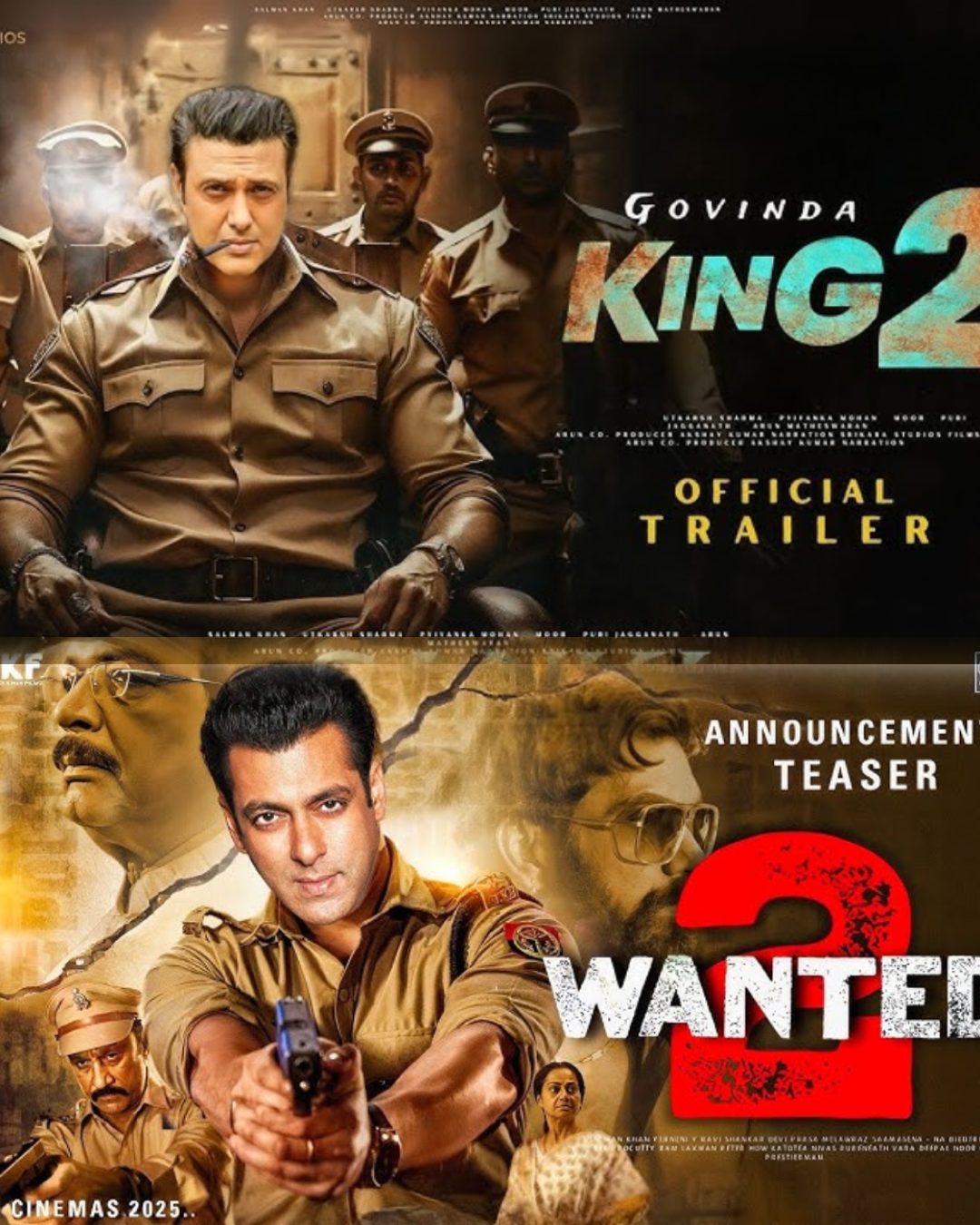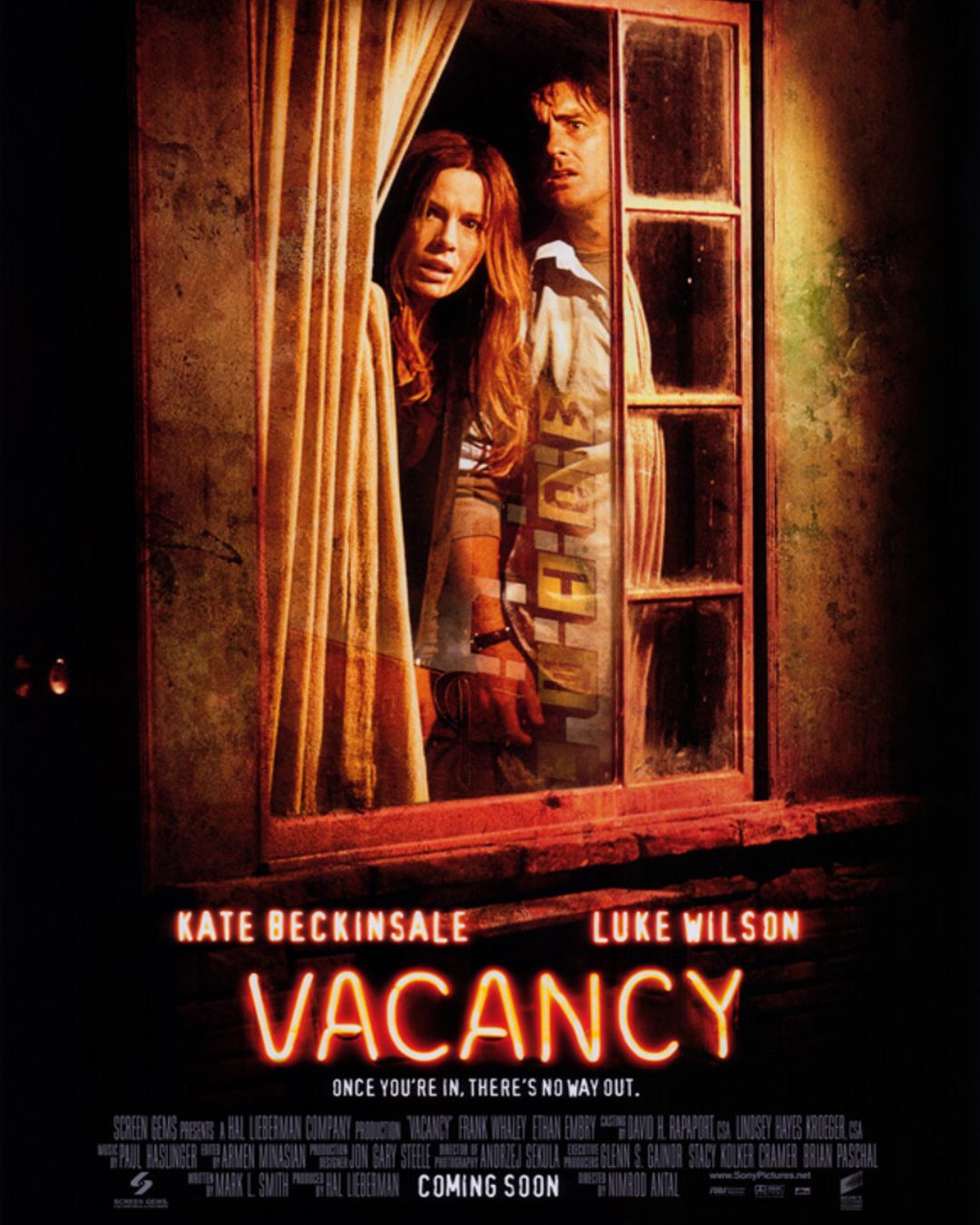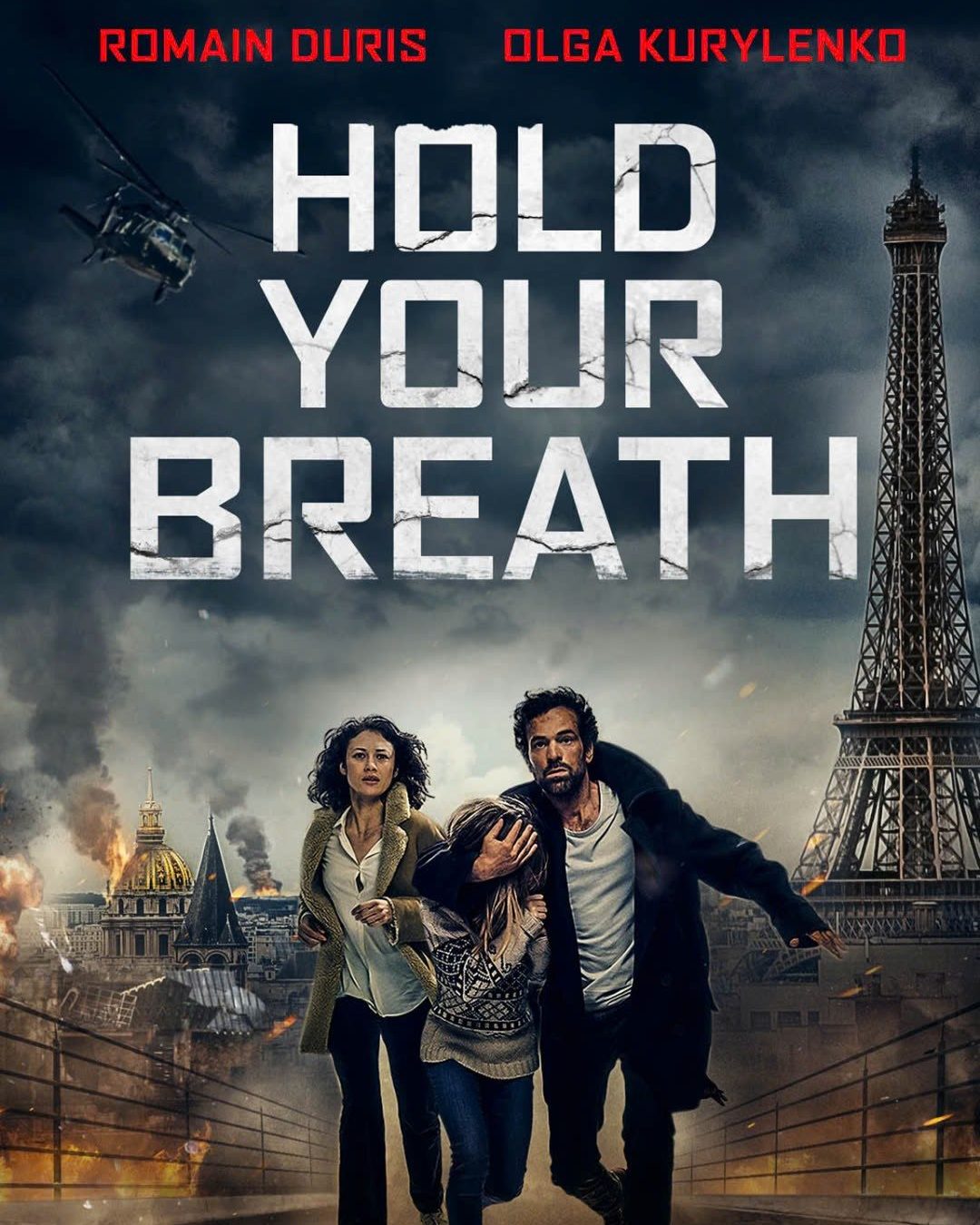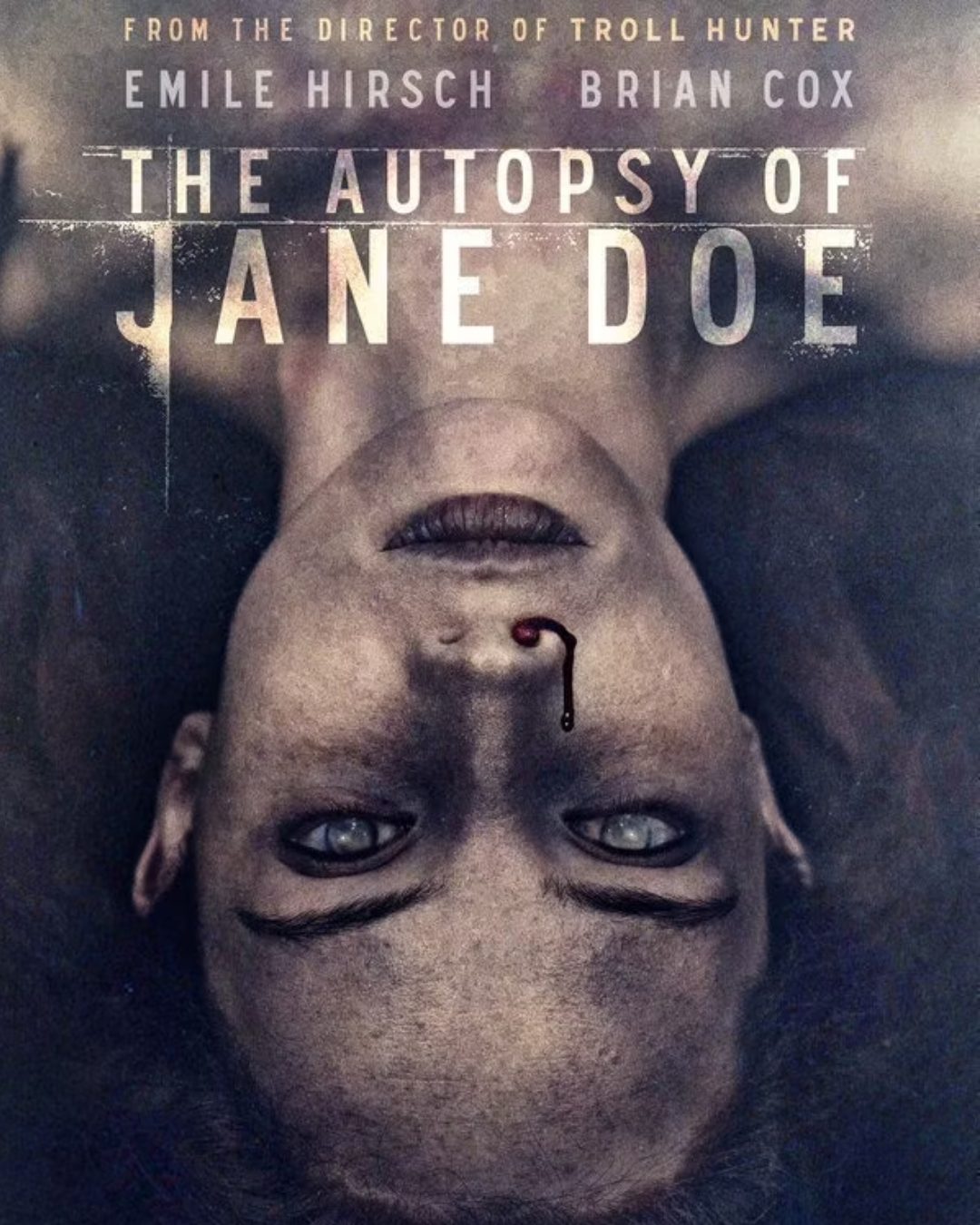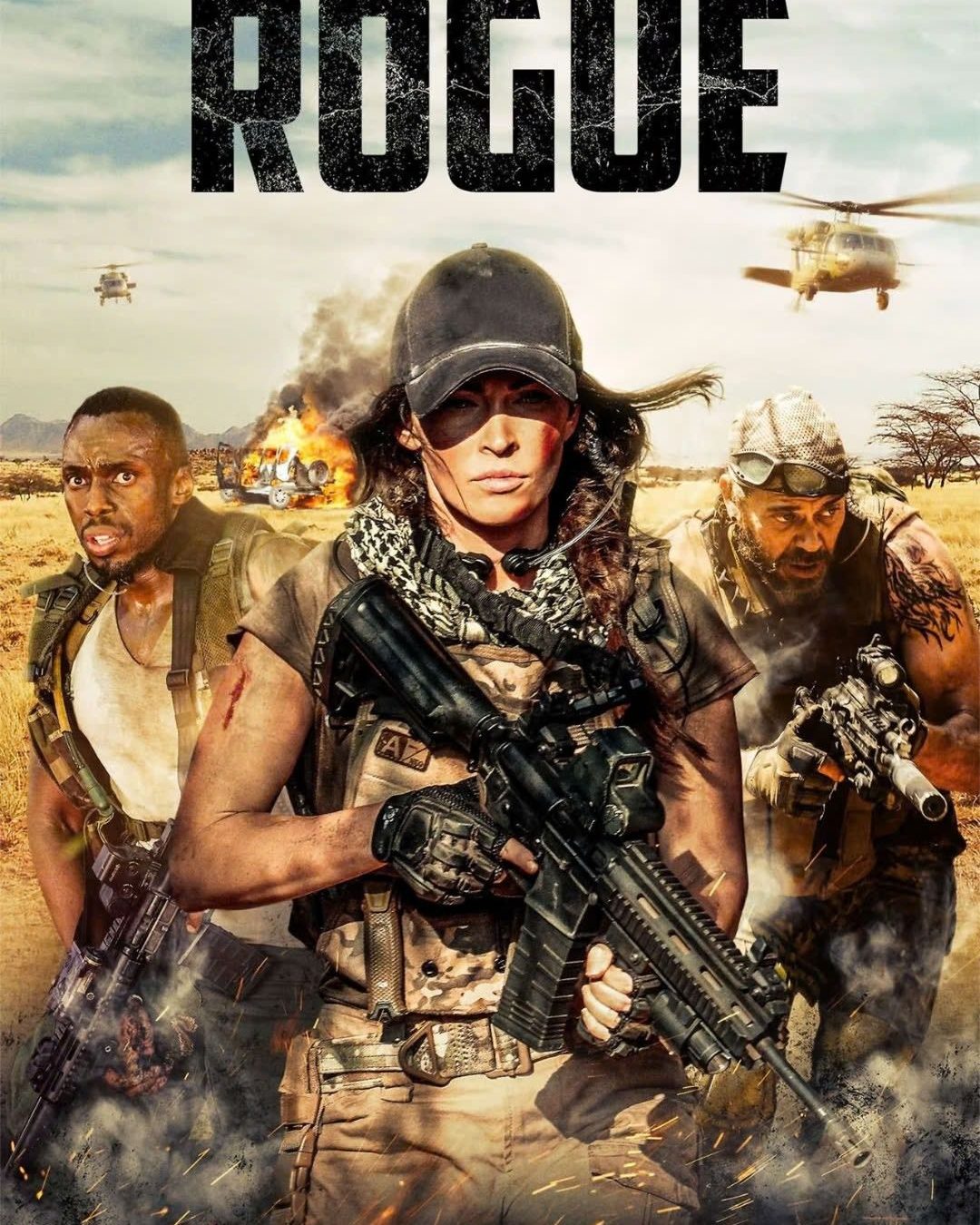
Credit: SplitShire (Pixabay)
“But what does the Moon look like?” She had never seen Luna.
We were building a workshop for blind students. With a striking lack of imagination, I offered, “Uh … kind of like a moldy ping pong ball.”
My colleague was gracious about the miss, but the question has bugged me since. What does the Moon look like?
The exchange caused me to view the cosmos in a new light. I started on a quest to “transcribe the sky.” There are still light-years to go, but here’s what I’ve learned so far in my attempt to share what I see
New perspectives
Astronomy is often conflated with stargazing, but it can involve more than sight. Much of astronomy occurs in the realm of the invisible and theoretical.
For example, nonvisual astronomy includes anything outside of the spectrum of visible light, such as radio astronomy, neutrino detection, gravitational-wave observation, etc. This data is often conceptualized as an image – but, if transposed anyway, the visual is an option, not a necessity.
Then there’s translated astronomy. It’s at the crux of the “Moon Problem”: What does the Moon look like? How does one answer the question properly? For my translated astronomy efforts, I’ve been using four formats.
1. Alternative Text
Alt text is a description that presents the facts if the image doesn’t load on a website or can’t be seen. If a picture is worth a thousand words, well – start typing!
Christine Malec is a blind author, consults for NASA, and has been a mentor on how to write good Alt Text.She has urged me to write facts first, editorials second: “Access is important. I want to know what you’re seeing, and then I can draw my own conclusions.”
It demands specificity. I’m learning to note the color and shapes seen often, but never committed to paper. An accurate, simple description invites any reader to join me at the telescope, and moves past the vagueness of the “moldy ping pong ball” answer. (It sharpens my observing skills, too.) Here’s an alt-text piece I wrote about the November 2022 lunar eclipse: https://joshurban.substack.com/p/the-blood-moon-382.
2. Sonification
Perhaps the most intriguing alternative format is sonification. By assigning certain pitches to different colors or objects in a photo and sweeping across it, sonification programs let people “hear” the universe as a data-specific piece. In a sonification of the Pleiades by System Sounds, for instance, stars are heard as chimes, and the reflection nebulae as a ghostly woosh.
The immersive experience can bring it all home; Malec is a fan. “Sonifications helped me have to have that moment of awe, which is harder to achieve without the senses.” Dr. Wanda Diaz-Merced, a blind astronomer, says she can extract information from sonified images that might go unnoticed by her sighted colleagues.
Dr. Kimberly Arcand from NASA’s Chandra X-Ray Observatory, Center for Astrophysics, concurs “There are situations where sonification, I think, trumps just looking at a spectral plot or an image, and that situation tends to be where sight isn’t as necessarily as sensitive as hearing – for example, things like variable stars.”
Check out a sonified timeline of lunar impacts at www.system-sounds.com/moon-impacts.
3. Tactile Aids
During a virtual workshop for the Maryland School for the Blind, a student offered a textbook-perfect description of a lunar crater. But what about feeling it? . To Malec’s point about engaging the senses, a 3D printer offers both the sighted and the blind a unique experience: feeling space.
For less than the price of a decent eyepiece, the entry-level printer parked on my counter churns out plastic models of the cosmos. The 3-inch square print of the Apollo 15 landing site is a favorite. The ancient landscape is rough beneath my fingers, offering new perspective to the hours I’ve spent at the eyepiece – and key for someone who can’t.
Anyone with a printer can download the file, or create their own from existing photos. Libraries, schools, and personal users can build a fine collection of specimens on demand and instantaneously. A dedicated observer could print the whole Moon in fine detail – and know what it feels like.
The medium isn’t limited to the Moon. Here’s a story of collaboration with a blind middle school student to design a print of a JWST image. (Usability was key in the project. I kept making the Braille tag too small.)
4. The Arts
The first three formats deal with the objectiveworld: what the Moon is and what is its physical description, for instance. But how does it make one feel? After the facts have been reported clearly, what’s the best way to convey the subjective?
Perhaps the answer is found in the arts. Imagination can be triggered in different ways.; it’s not factual, but foundational in one’s subjective experience. Silvery moonbeams filtering through a summer forest bring to mind Glenn Miller’s “Moonlight Serenade” or Claude Debussy’s “Clair de Lune.” While Beethoven’s Moonlight Sonata doesn’t objectively describe the way the fields glow at midnight, it gets a cherished point across – and an appreciation for the beauty of our universe.
To me, observing isn’t complete without a certain sentimentality, and the arts provide a way to express that sentimentality through imagination.
A good dose of humility
The “Moon Problem”continues to fascinate me. Through the patience and expertise of my blind and sighted colleagues, I’m moving forward, but realize there’s much work to do.
I’m sighted, and as such, approach the challenge with the required humility of an outsider. . Your input is welcome. Do you have a suggestion for something to 3D print, or a set of notes you’d like to share? Is there a major point I’m missing? I’m all ears.
One way or another, I’ll never look at the Moon the same again.
